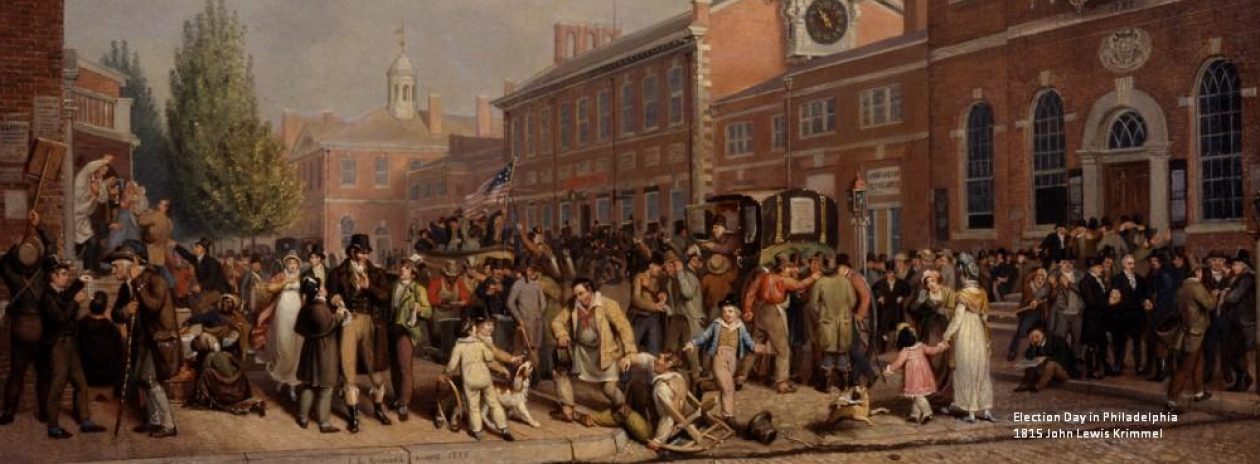The 2016 Presidential Election has thrown in stark relief how the limit on the number of Congressional districts erodes democracy (defining democracy to be not just a system where people get to vote, but a system in which the majority of votes actually wins an election).
The size of the Electoral College is determined by the size of the Senate (100) and the size of the House (435), plus three electors for the District of Columbia.
The Founding Fathers intended for the Electoral College to mirror and represent the will of the people using an institution that ensured regularity and efficiency in an 18th century world. Putting aside the question of whether the Electoral College can still provide regularity and efficiency in a world of 21st century technology (I would say yes.), it must still fulfill its primary purpose of representing the will of the people – and to do it just as well in the 21st century as it did in the 18th century.
The restriction on the number of House districts enforces inequality of representation among states by creating districts of different population sizes. This inequality then is expressed in the Electoral College. Some states get more than a 100% vote, others get much less. By increasing the number of districts we can improve representation of voters and resolve the inequities among the states.
This is not a partisan issue. What applies to one party one year will apply to another party another year. The Electoral College plan is a good one. We just need to use it as designed.
